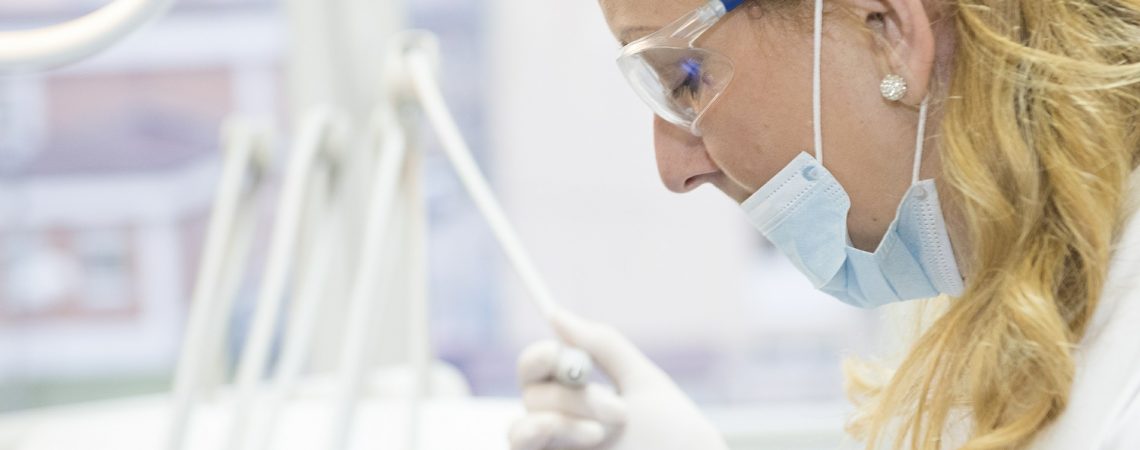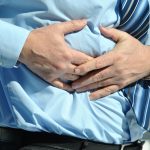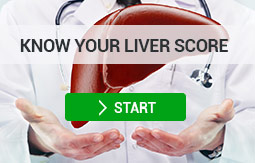What’s in this article
- About polycystic liver disease
- Signs & symptoms
- Diagnosis
- Treatment
About polycystic liver disease
Polycystic liver disease is a rare condition and is often accompanied by polycystic kidney disease. In the majority of people who suffer it is inherited, however, there are cases where polycystic liver disease has occurred without a genetic link. According to Liver Directory, women are eight times more likely to develop polycystic liver disease than men, and they tend to have more cysts
Cysts grow on the liver which is usually smooth and are usually asymptomatic although can occasionally cause pain if a cyst is to rupture, hemorrhage or become infected. The majority of people with polycystic liver disease live normal, productive lives.
Signs & symptoms
As mentioned previously, polycystic liver disease is usually without symptoms, however, symptoms that may occur in some cases are:
- Feeling full after eating a small amount
- Nausea
- Heartburn
- Indigestion
- Distension
- Bloating
- Fatigue
- Shortness of breath
- Malnourishment
- Leg/foot swelling (edema)
- Jaundice (especially around the eyelids)
- Spider angioma
Diagnosis
Polycystic liver disease is diagnosed by imaging studies, including ultrasound, CT scan and magnetic resonance imaging (MRI) According to the US National Library of Medicine, ultrasound is normally preferred due to its low cost, convenience, and lack of radiation exposure. However, CT and MRI are more accurate in detecting the existence and size of liver cysts. According to Liver Directory the factors considered when diagnosing polycystic liver disease are:
- A family history of PLD, in people under 40 years of age who have more than 1 cyst
- A family history of PLD in people older than 40 years of age who have more than 3 cysts
- No family history of PLD in people over 40 years of age who have more than 20 cysts.
Treatment
Treatment starts with dietary changes such as avoiding caffeine, dairy, and foods high in sodium.
Patients can go through a liver resection, which is where a doctor can surgically remove the part of the liver that is most affected in order to provide pain relief. Alternatively, if the patient has several large cysts, their doctor may be able to surgically remove them individually. Unfortunately, if there are too many cysts and they are throughout the liver then a liver resection is not possible, and the alternative would be a liver transplantation. Having a Liver transplant for polycystic liver disease is not common, in fact, less than 100 Americans per year require a liver transplant as an outcome of polycystic liver disease.
Find out more about the basics of liver health with Dr. Tarek Hassanein, M.D.
References
www.liverdirectory.com
www.rarediseases.org
ncbi.nlm.nih.gov
onlinelibrary.wiley.com

 (442) 244-5115
(442) 244-5115















